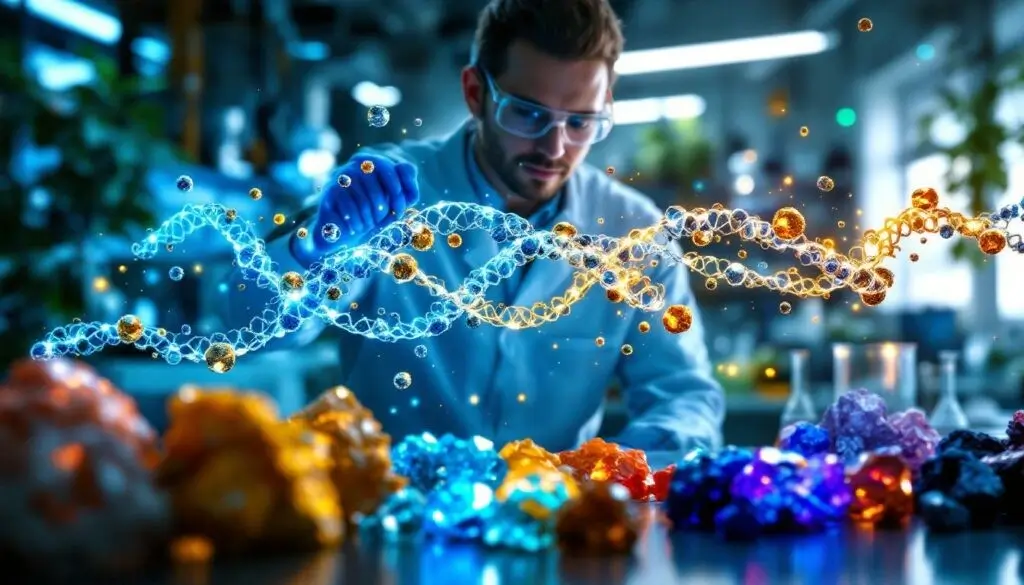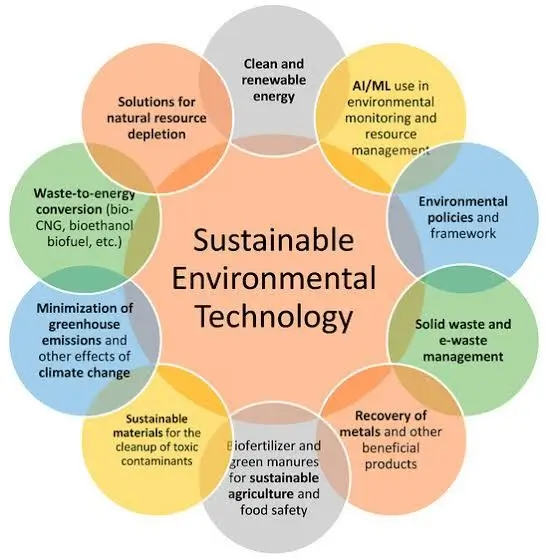
Source: Discovery Alert
In a world-leading innovation for Australia’s resource industry, scientists at the ARC Centre of Excellence for Enabling Eco-Efficient Beneficiation of Minerals (COEMinerals) have solved a biotechnology breakthrough that will transform the mining of crucial minerals—and it’s beneath our feet.
This technology does not just alter the processing of minerals. It blows up the old playbook entirely. With the growing need for rare earths and critical minerals to power everything from electric vehicles to military systems, this technology may be a game changer in the way the world thinks about mining sustainability, efficiency, and supply chains to come.
Peptides: Small Molecules, Big Impact
The breakthrough is founded on something refreshingly modest: peptides. Those modest amino acid chains, in the shadow of their larger protein siblings, have proven to be the modest stars of biotechnology. Scientists at COEMinerals discovered that certain synthetic peptides can “selectively bind” to specific minerals—rare earth metals needed for clean energy and advanced manufacturing.
Instead of relying on large quantities of water and aggressive chemicals to dissolve valuable minerals from ore, these peptides work much like a high-tech magnet. They bind onto particular minerals and take the recovery process to the point where it is significantly less energy-intensive and eco-friendly.
Or in other words, what used to be a chemically intrusive, power-consuming, man-labor-based process might one day be viewed instead as similar to a surgical operation.
Clean, Green and Critically Important

Credit: MDPI
And what makes it all the more intriguing is the sustainability aspect. Mineral beneficiation, or the concentration of valuable minerals by increasing their levels, has left a very significant environmental footprint in the past. Water usage, chemical effluent, and energy consumption have been the cost of mining for centuries. But now that this peptide-based treatment exists, the industry could be on the verge of a greener future.
As reported by the University of Adelaide, leader of the COEMinerals project, this biotechnology mineral recovery technique may greatly cut down on waste and increase yields. It’s not only a victory for miners—it’s an environmental victory.
This achievement is timely. With the race for rare earth elements intensifying, countries are rushing to find ways of boosting local supply chains while not violating environmental agreements. Australia, already a superpower in the critical minerals space, now has an advantage that is not geology—but brilliance.
The Real-World Application: More Than Just a Lab Dream
Too often, scientific discoveries are trapped in research laboratories or academia. Not this one, however. The scientists who made this discovery are already working with industry giants to create mass-market applications. In particular, they’re considering materials like bastnaesite and monazite—principal sources of rare earth minerals.
The process already has been shown to be capable of extracting neodymium and praseodymium—both essential ingredients in high-strength permanent magnets—with great efficiency. And instead of creating slurry ponds filled with poisonous by-products, it creates considerably cleaner waste streams.
This is obviously a godsend not just for miners but also for regional communities, regulators, and environmental guardians as well.
Reimagining the Future of Australian Mining
This biotech breakthrough could bring a new age of “precision mining”—where selectivity, sustainability, and efficiency are the new guiding stars.
For Australia, this could redefine competitive advantage: not which nation is sitting on more minerals, but who can pull them out the cleanest, smartest, and fastest.
And with the planet crying out for more green supply chains and responsibly sourced materials, that shift matters. Big time.
Why This Is Important to Ordinary Australians
Let’s not forget: critical minerals aren’t only for scientists and CEOs. They’re inside your phone, your computer, your electric car, and even your solar panels. And yet, most Aussies would be hard-pressed to name more than a few of them.
This technology is more than a technical achievement. It’s about making sure Australia is leading the charge on future technologies, and doing it while valuing our water, land, and communities.
In a climate-troubled world of geo-political uncertainty and resource scarcity, this kind of future-thinking innovation is a reminder of why science is important—and why we must invest in it.
What’s Next?
The COEMinerals research team is now looking to expand the research through partnership with the large-scale operators. Field trials are already in the pipeline. Global stakeholders are also getting more interested, keen to use the same model on their own mineral issues.
Short-term look-out: more speculation about peptide-driven beneficiation at conferences and pilot studies. Longer term, it may become an industry standard.
Final Thoughts
Australia has historically been renowned for its mining potential. But in 2025, it’s not just about drilling deeper—it’s about thinking smarter. This peptide biotechnology isn’t just a new tool in the toolbox. It could be the start of a completely new playbook.
And that leaves one thing clear: the future of mining might not be on the earth—it might be in the lab.

